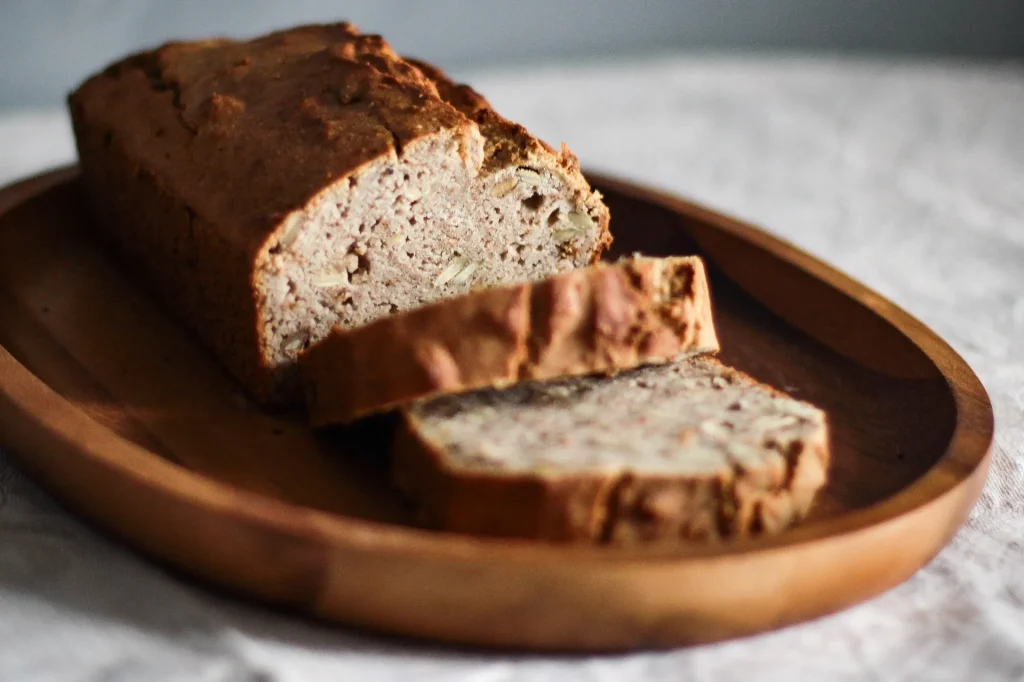Risk of developing bread allergy
Your risk of developing any allergy, including an allergy to wheat or yeast, is greater if you have a family who has allergies or allergic diseases (such as eczema and asthma). This risk is increased if both your parents have allergies.
Wheat allergy is most common in young children, who have immature guts and immune systems, and generally outgrow the allergy by adolescence. It can also develop in adults who have hay fever (and cross-reactivity with grass pollen).
Bread intolerance
A white bread intolerance or brown bread intolerance happens when your body doesn’t digest bread well. It is not an immune reaction like a bread allergy is.
An intolerance to bread can be caused by the poor digestion of any of the ingredients used to make the bread. The most common ingredients that people react to are the grains (like wheat), yeast, and dairy (if present).











